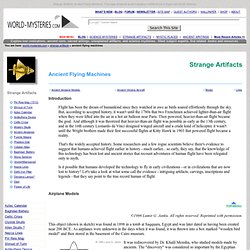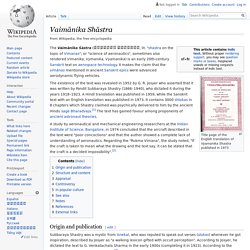

The manna machine. The Kabbalah, a body of Jewish traditional knowledge, was kept secret until the 13th Century AD, it s content was regarded from the magical-mystical point of view particularly so with respect to the Ancient of Days.

This was considered to be a Jewish demi-god until in 1978 two English engineers, George Sassoon and Rodney Dale, concluded that the description of the Ancient of Days in the Zohar, one of the books of the Kabbalah, was not of an ominous god-figure, but rather a machine. A close investigation of the text convinced them that the machine produced the biblical manna which fed the Israelites during their forty-year wandering in the desert and was probably of extraterrestrial origin [1]. Othiq YominThe machine, called the Othiq Yomin in the Zohar, worked on the basis of the cultivation and processing of an algae-culture, probably one of the chlorella species, which was maintained by a supply of dew, or water, and of radiation from a nuclear-powered light-source. Manna Machine. The Manna Machine [1] is an ancient astronaut book by George Sassoon and Rodney Dale which concludes that a machine device was given to the Israelites, when they went on their 40 year journey in the Sinai Desert.
Overview[edit] The device was said to create manna, which is thought today to actually be a type of algae. It explains how the Israelites survived their 40 year wandering in the Sinai Desert. It is said by Sassoon and Dale that a nuclear reactor used to power the manna machine was stored in the Ark of the Covenant. The Ark was supposed to have powered the machine to run continuously, producing manna for six days. References[edit] Further reading[edit] George Sassoon, Rodney Dale, "Deus est machina? " External links[edit] The Evidence. Strange Artifacts, Ancient Flying Machines. Introduction Flight has been the dream of humankind since they watched in awe as birds soared effortlessly through the sky.

But, according to accepted history, it wasn't until the 1780s that two Frenchmen achieved lighter-than-air flight when they were lifted into the air in a hot air balloon near Paris. Then powered, heavier-than-air flight became the goal. And although it was theorized that heavier-than-air flight was possible as early as the 13th century, and in the 16th century Leonardo da Vinci designed winged aircraft and a crude kind of helicopter, it wasn't until the Wright brothers made their first successful flights at Kitty Hawk in 1903 that powered flight became a reality. That's the widely accepted history.
Colombia Airplane Models ©1996 Lumir G. This object (shown in sketch) was found in 1898 in a tomb at Saqquara, Egypt and was later dated as having been created near 200 BCE. It was rediscovered by Dr. Precolombian Airplane Models But let's entertain several possibilities. Vaimanika Shastra. Title page of the English translation of Vyamanika Shastra published in 1973 The Vaimānika Śāstra (वैमानिक शास्त्र, lit.

"shastra on the topic of Vimanas"; or "science of aeronautics", sometimes also rendered Vimanika, Vymanika, Vyamanika) is an early 20th-century Sanskrit text on aerospace technology. It makes the claim that the vimānas mentioned in ancient Sanskrit epics were advanced aerodynamic flying vehicles. The existence of the text was revealed in 1952 by G. R. A study by aeronautical and mechanical engineering researchers at the Indian Institute of Science, Bangalore, in 1974 concluded that the aircraft described in the text were "poor concoctions" and that the author showed a complete lack of understanding of aeronautics. Origin and publication[edit] Subbaraya Shastry was a mystic from Anekal, who was reputed to speak out verses (slokas) whenever he got inspiration, described by Josyer as "a walking lexicon gifted with occult perception". Mr. Structure and content[edit] J.